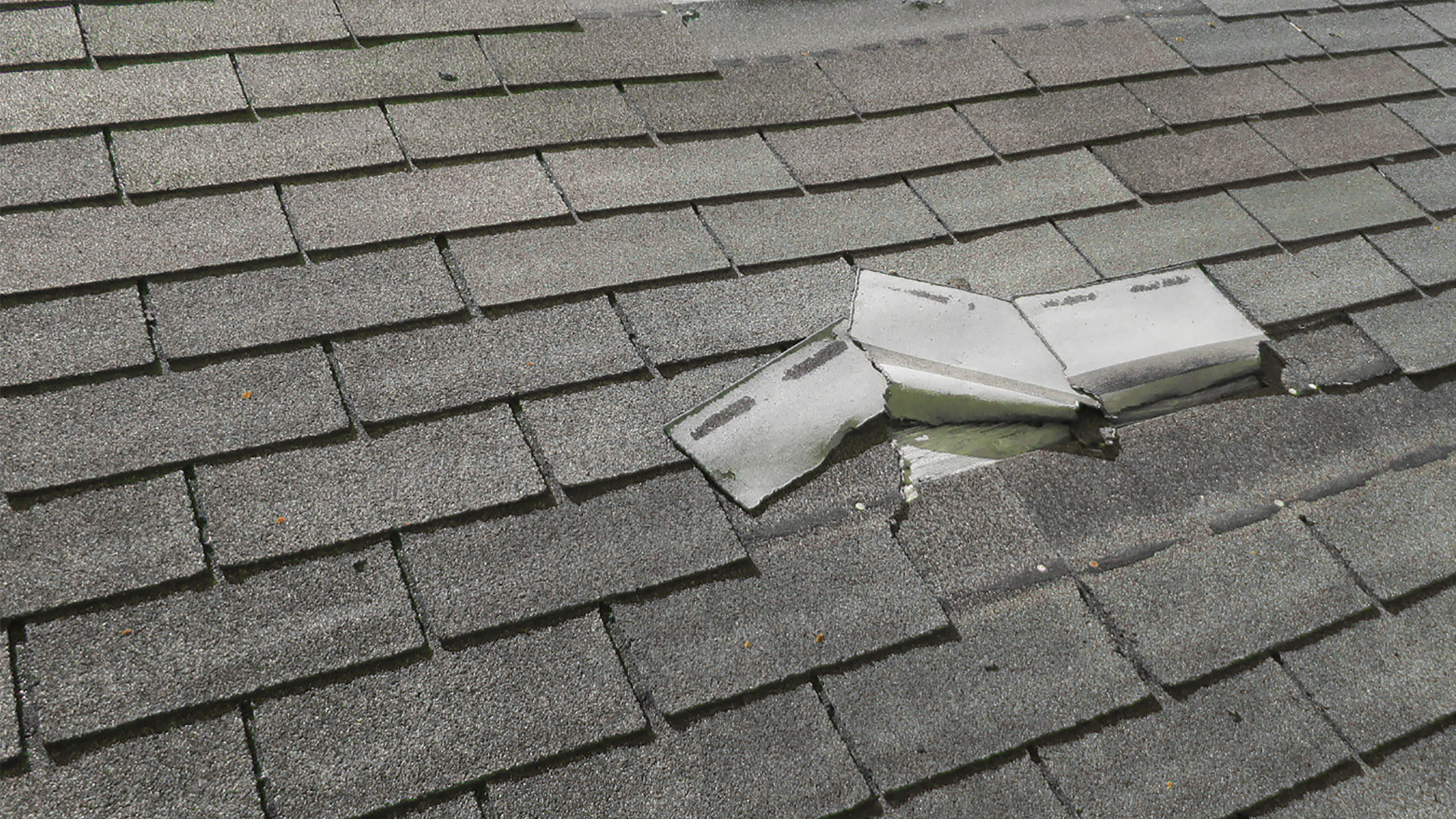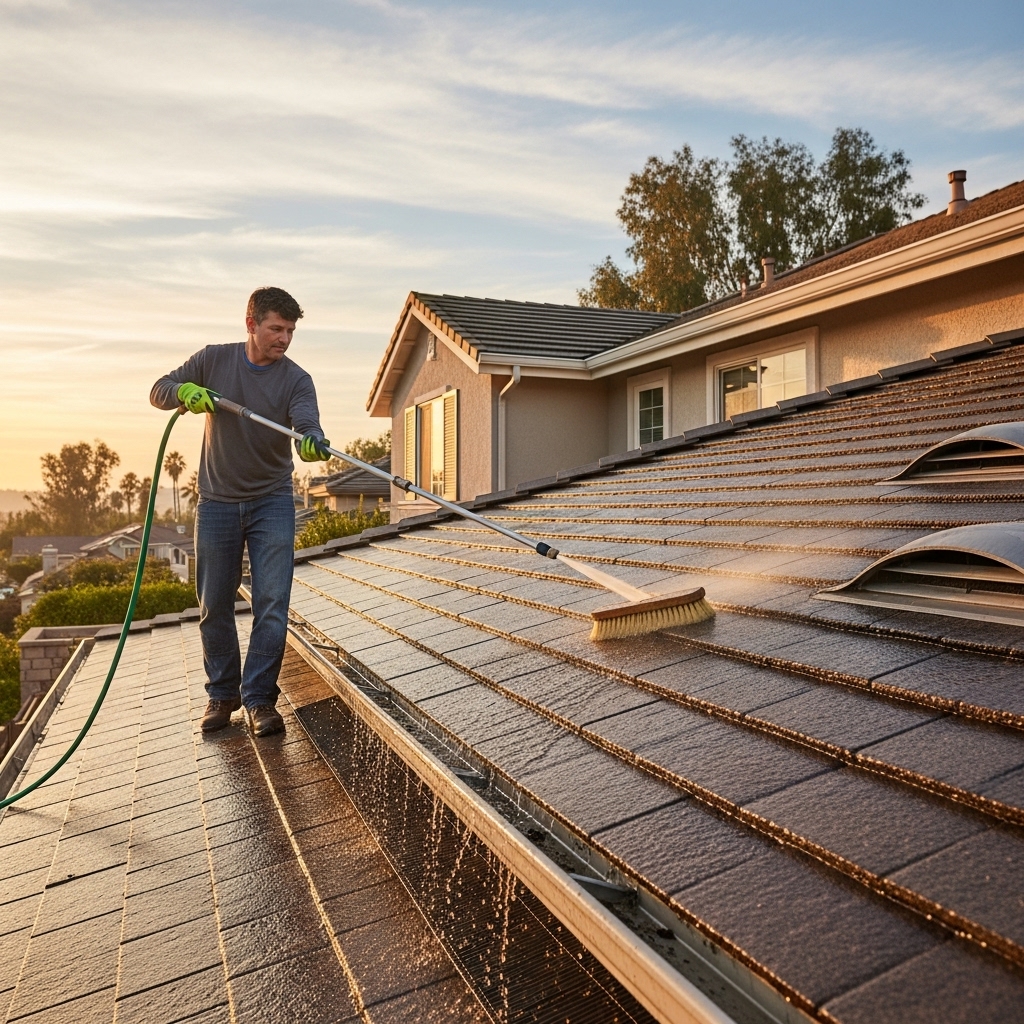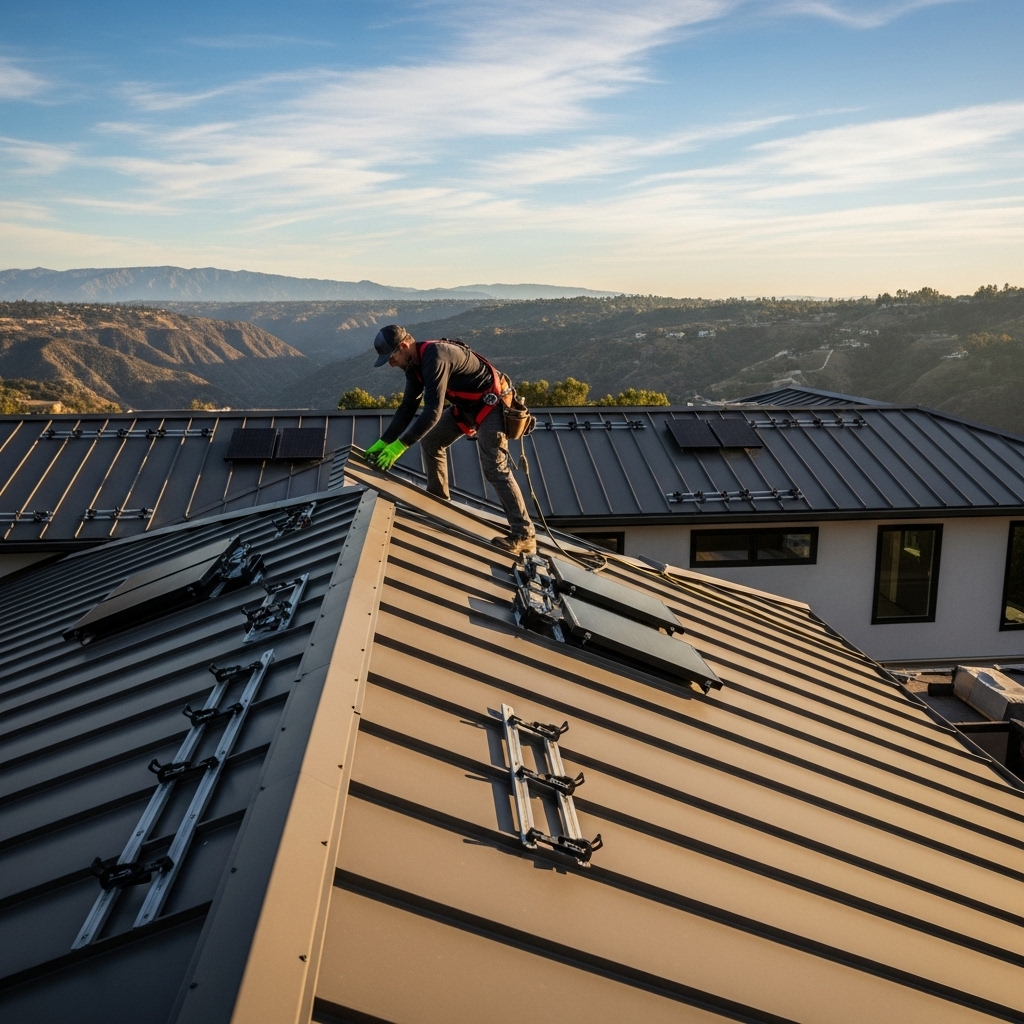Understand the Average Lifespan Before You Replace Your Roof
Every roofing material has an expected lifespan. Asphalt shingles typically last 20 to 25 years, while metal and tile roofs can last longer. Knowing the age of your current roof is the first step to deciding when to replace your roof. If you’re nearing the end of its life, it’s time to consider a new one to avoid unexpected issues.
Weather Damage Can Signal It’s Time to Replace Your Roof
Severe weather conditions like hail, heavy rain, and high winds can accelerate roof wear. Even if your roof seems intact from the ground, storms can cause hidden damage. After a major weather event, inspect your home or hire a professional to determine whether you need to replace your roof to maintain your home’s integrity.
Constant Repairs Might Mean It’s Time to Replace Your Roof
If you’re calling for roof repairs multiple times a year, those costs add up. At a certain point, it becomes more economical to replace your roof rather than continue with patchwork fixes. A new roof not only saves money in the long run but also offers peace of mind.
Interior Signs You Need to Replace Your Roof
Leaks, water stains on the ceiling, or mold in the attic can all suggest serious roofing issues. These symptoms point to failing underlayment or flashing, and they’re hard to ignore. When interior signs begin to show, it’s usually a sign you must replace your roof as soon as possible.
Plan Ahead to Replace Your Roof at the Best Time
Spring and fall are ideal times for roofing work due to milder weather. Planning ahead allows you to choose the best contractor and avoid rushed decisions. Scheduling in advance can also help you manage costs more efficiently when you need to replace your roof.
Read More:






